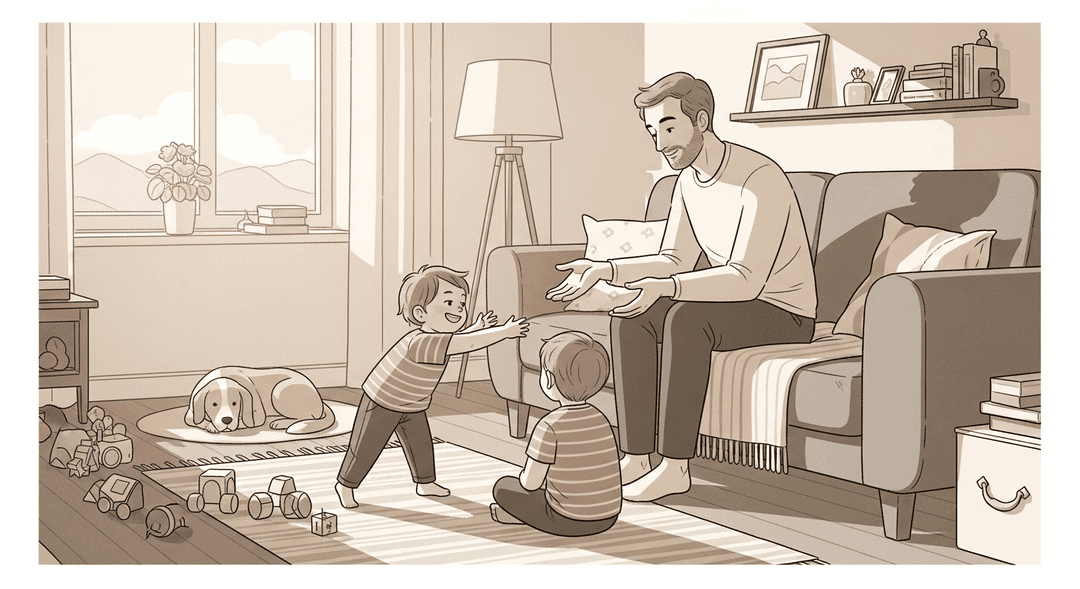Respecting Personal Space and Boundaries
Ever feel like your living room is less 'home' and more 'wrestling ring meets sticky-fingered invasion zone'? Teaching kids about personal space is basically running a diplomatic mission—except your ambassadors are under four feet tall and think your face is a playground. If you’ve ever had your hair yanked by a toddler or found yourself retreating to the bathroom just to breathe, this is your sign: boundaries are not just for grownups, and everyone (even the dog) will thank you.
Setting and respecting boundaries helps kids develop a sense of self, emotional regulation, and empathy. When children learn that their 'no' is heard and respected, their brains actually wire up for better impulse control and social awareness. Parents benefit too: less stress, more trust, and the sweet, sweet taste of autonomy (even if it’s just five minutes alone in the pantry).
How to do it
-
Model boundaries by narrating your own needs. For example, say, “I need a little space right now, but I’ll be ready for a hug in five minutes!”
-
Use playful language and visuals. Try drawing “personal space bubbles” together to make the concept more engaging.
-
Practice asking for permission before giving hugs or tickles. Encourage your child to do the same.
-
Teach your child to say “no” confidently—and to accept hearing “no” from others without feeling guilty.
-
Praise their efforts whenever they respect boundaries, reinforcing positive behavior.
-
Keep the mood light and fun. Remember, nobody learns boundaries from a lecture, but everyone learns from a game of “bubble tag.”
Key Tips:
- Narrate your own boundaries out loud to model healthy behavior.
- Make learning about boundaries playful and visual.
- Encourage asking for permission and respecting “no.”
- Offer praise to reinforce progress.
- Use games to teach—fun is more effective than lectures.
